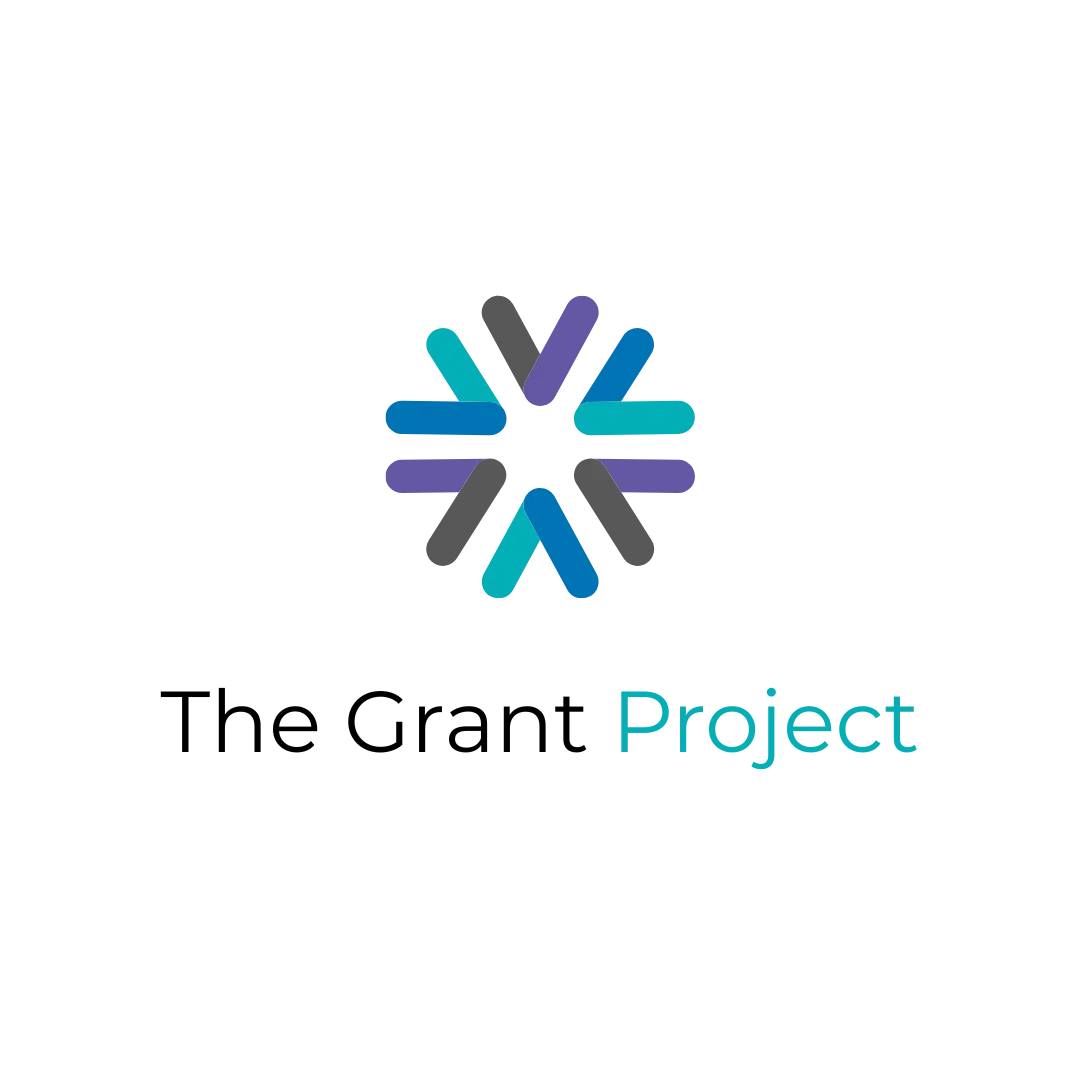
Negotiating Your Indirect Cost Rate Like An Expert
Negotiating Your Indirect Cost Rate Like an Expert
Once your proposal is submitted, the real conversation begins. Negotiating a fair and sustainable rate requires data, confidence, and strategy. In this post, we'll explore how to justify your costs, communicate your value, and navigate rate discussions with your cognizant agency like an expert.
The moment you hit "submit" on your indirect cost proposal, you're entering a critical phase that will determine your organization's financial sustainability for years to come. Your indirect cost rate negotiation isn't just about numbers, it's about telling your organization's story through data and demonstrating the true value you bring to federal partnerships.
Understanding the Players and the Process
Your cognizant agency, typically the federal agency providing the largest dollar value of awards to your organization, becomes your primary negotiation partner. This centralized approach prevents you from having to negotiate with multiple agencies, but it also means this single relationship carries enormous weight for your organization's future.
The negotiation process involves several key steps that smart organizations prepare for months in advance. Your cognizant agency will assign experienced financial analysts to review your proposal, verify your calculations, and examine your cost allocation methodology. They're not adversaries, they're professionals ensuring taxpayer dollars are used appropriately while helping you establish rates that reflect your true costs.
Here's what actually happens behind the scenes: Agency staff will scrutinize every line item, question allocation methods that seem unusual, and may request additional documentation to resolve any identified issues. The more transparent and well-documented your proposal, the smoother this process becomes.
Know Your Rate Options and Choose Strategically
Understanding the four types of indirect cost rates gives you negotiating power because you can propose the structure that best serves your organization's needs.
Provisional rates work when you need immediate funding authorization but lack complete cost data. Think of these as your "get started" rates: temporary but essential for cash flow.
Predetermined rates offer budget certainty because they're not subject to adjustment once established. You can negotiate these for periods of 2-4 years, providing stability for long-term planning. If your organization has consistent cost patterns and strong financial controls, predetermined rates can be your best friend.
Fixed rates give you some flexibility while maintaining predictability. Any variance between estimated and actual costs gets carried forward as an adjustment in subsequent periods. This is a middle ground that many organizations find practical.
Final rates apply to past periods based on actual incurred costs. Once established, they're set in stone and used to reconcile what you actually claimed against what you previously billed.
Pro tip: If your organization is growing rapidly or undergoing significant operational changes, avoid locking into predetermined rates that might not reflect your evolving cost structure.
Prepare Your Data Like Your Future Depends on It
Because it does. Your negotiation strength comes entirely from the quality and completeness of your supporting documentation. Weak documentation equals weak negotiating position, every single time.
Start by conducting a thorough examination of your indirect expenses to identify both inefficiencies and legitimate costs that might be understated. Compare your rates against industry benchmarks— not to artificially lower them, but to understand where you stand and prepare explanations for any significant variances.
Your cost allocation methodology needs to be bulletproof. The three methods available under 2 CFR 200, including the Simplified Allocation Method and Multiple Allocation Base Method, each have specific applications. Choose the methodology that most accurately reflects your organization's cost structure while remaining compliant with federal requirements.
Critical documentation checklist:
Detailed general ledger supporting all claimed costs
Personnel activity reports or equivalent documentation (a.k.a Time & Effort)
Facility cost analyses and space utilization studies
Equipment depreciation schedules and usage logs
Travel and conference expense justifications
Professional services contracts and deliverables
Justify Every Dollar with Confidence
When you sit across the table (virtual or otherwise) from agency negotiators, remember that you're not asking for charity; you're presenting a business case for cost recovery. Your indirect costs represent real expenses that enable your organization to deliver on federal partnerships successfully.
Frame your justification around organizational capacity and performance. Show how your indirect costs contribute to:
Quality assurance and compliance systems that prevent costly errors
Professional development that keeps your team current with best practices
Technology infrastructure that enables efficient project delivery
Financial management systems that ensure accurate reporting and accountability
Don't just list expenses. You have to connect them to outcomes. When explaining your facilities costs, highlight how your workspace design promotes collaboration and productivity. When justifying professional development expenses, point to certifications and training that directly benefit federal programs.
Here's a negotiation secret: Agency staff want to approve reasonable rates for capable organizations. They're not trying to minimize your recovery, they're ensuring your rates are defensible if questioned by auditors or oversight bodies.
Navigate Common Negotiation Challenges
Every organization faces predictable challenges during rate negotiations. Being prepared for these discussions demonstrates professionalism and builds credibility.
Challenge: "Your rate is higher than similar organizations."
Response strategy: Present your unique value proposition. Maybe your organization provides specialized expertise, operates in a high-cost geographic area, or maintains certifications that require ongoing investment. Don't defend: explain why your costs reflect your distinctive capabilities.
Challenge: "This cost seems excessive."
Response strategy: Provide context and comparisons. If your IT expenses seem high, show how they enable remote work capabilities that reduce other costs. If professional services costs are questioned, demonstrate the specialized expertise required for your particular mission area.
Challenge: "Can you accept a lower rate?"
Response strategy: Only if you can genuinely operate effectively at that rate. Accepting an artificially low rate may win the negotiation but lose the war if it prevents sustainable operations. Counter with alternatives like rate escalations or performance incentives.
Master the Art of Professional Communication
Your communication style during negotiations matters as much as your data. Approach discussions with collaborative professionalism. Remember, you're working together to establish fair rates that serve both your organization and the federal government.
Be assertive without being aggressive. Present your position clearly and support it with evidence, but remain open to questions and alternative perspectives. Negotiators deal with dozens of organizations. Those that demonstrate flexibility and reasonableness often receive more favorable consideration.
Ask clarifying questions when negotiators raise concerns. Sometimes what sounds like pushback is actually a request for better explanation. "Help me understand your concern about this expense category," opens dialogue rather than creating confrontation.
Document everything. Send follow-up emails summarizing key points discussed and agreements reached. This protects both parties and ensures clear understanding as negotiations progress. This is good advice whenever you're dealing with the federal government. Always document, document, document. Everything.
Secure Rate Structures That Support Long-Term Success
Think beyond the immediate negotiation to establish rate structures that serve your organization's evolving needs. If you're expanding into new program areas, discuss how growth will be reflected in future rate calculations. If you're investing in new technology or facilities, explain how these improvements will benefit federal programs.
Consider negotiating rate ceilings when appropriate. If your organization is newly formed, recently reorganized, or experiencing rapid changes, a ceiling provision can provide budget predictability while protecting against cost overruns.
Rate ceilings work both ways: if your final rates come in lower than negotiated ceilings, your rates will be reduced accordingly. But if you're confident in your cost projections and want to enhance competitive positioning, a ceiling can signal fiscal responsibility to potential partners.
Close Strong and Maintain Momentum
The negotiation doesn't end when your NICRA is signed. Your ongoing relationship with your cognizant agency influences future negotiations, so invest in maintaining positive professional connections.
Submit required reports on time, respond promptly to requests for information, and proactively communicate any significant changes to your cost structure or operations. Organizations that demonstrate reliability and transparency find future negotiations proceed more smoothly.
Most importantly, implement the cost management and efficiency improvements you discussed during negotiations. Your credibility for future rate discussions depends on following through on commitments made during the current negotiation process.
Your indirect cost rate negotiation is an opportunity to demonstrate your organization's professionalism, financial acumen, and commitment to responsible stewardship of federal funds. Approach it with preparation, confidence, and strategic thinking, and you'll establish rates that truly support your mission while building lasting partnerships with federal agencies.
Remember you're not just negotiating a rate, you're building the financial foundation that enables your organization to deliver exceptional results for the communities and causes you serve.
Ready to transform your local government's approach to grant funding? Subscribe to The Grant Project Newsletter below for expert insights, funding opportunity alerts, and proven strategies that help communities secure the resources they need to thrive.

